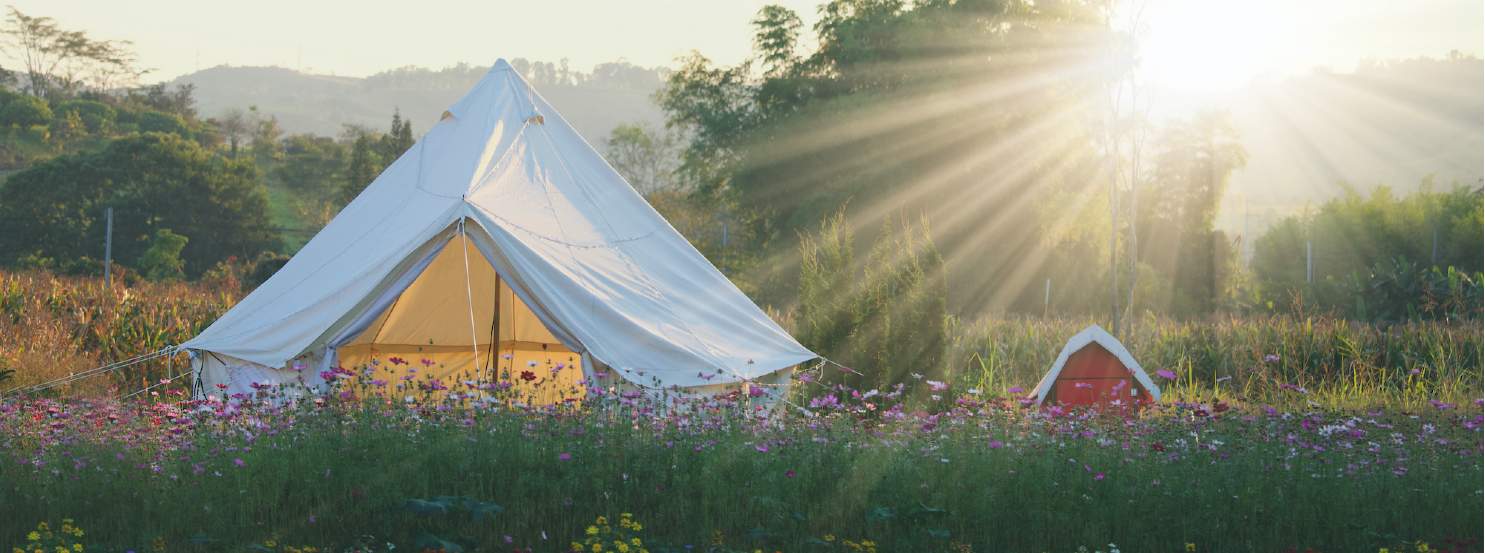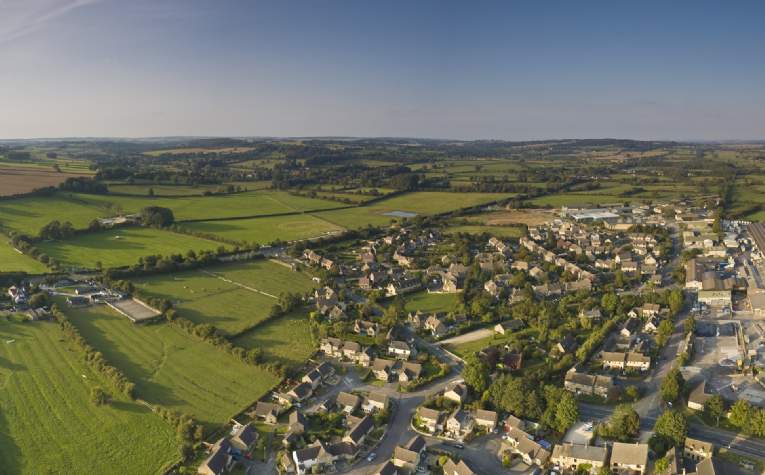Smaller-scale farms of up to 150 acres shape the landscape of the UK. Their economic fortunes have changed over the last 20 years and many are now looking for ways to broaden their income stream away from core agricultural production.
Meanwhile, prompted by the pandemic, new non-farming buyers are also putting down roots in the soil, typically interested in environmental projects, establishing a line of artisanal produce or building on farm tourism opportunities.
Here are our tips for avenues to explore on smaller-scale farms:
1. Amenity woodland creation
This growth area is driven by a desire to combat carbon emissions and improve biodiversity. For farms with a limited area of, say, just five hectares to give over to tree planting, the best bet is to go for a small firewood plantation. Logs can be sold locally – or provided for any holiday accommodation on the farm, if relevant.
What you plant depends on where you are, but birch and sycamore are usually regarded as good firewood crops and are fast growing. You may be eligible for grants, such as the Forestry Commission’s England Woodland Creation Offer and the Woodland Carbon Fund, and certain local authorities are now supporting landowners and farmers to establish wildlife corridors to address habitat fragmentation.
2. Food and farming
The key here is to add value to produce and find innovative ways to market it. Put skills acquired by younger family members returning to the farm to good use. Success comes from being adept at marketing and social media, expertise that hasn’t previously been central to traditional farming. For example, Yorkshire-born chartered surveyor Edward Wilkinson has established Herb Fed, a business selling poultry fed on surplus herbs sourced from his family’s farm. The chickens – the only ones in the country fed in this way – are sold to high-end restaurants at a premium.
Or consider on-farm vending machines. These are on the increase and, as capital costs are relatively low, are a good route to market. They don’t have to be confined to the farm either, think pub car parks, neighbouring farm shops and even railway stations.
3. Renewables
There are increasingly attractive reasons to generate clean energy on farms, from the wider sustainability agenda to a growing demand for net zero produce from supply chains and consumers, changes to farming subsidies and rises in gas prices.
Options available are dictated by geography, policy and size, and the few grants available are targeted at bigger schemes. Smaller, self-funded schemes are most likely to suit farms that use a high amount of electricity (such as cold stores). Generally, if the power generated is used on site, it is economically viable to install renewables. Solar PV is the most common technology. It has low operational risk and it’s straightforward to secure planning. Solar panels are modular, so the size of the scheme can be matched to electricity demand.
4. Building development
Redundant farm buildings can be converted for a number of different uses from holiday lets to wedding venues and offices for small start-ups. However, there are potential barriers to overcome in the form of planning restraints and access. Chief among them are whether the building is protected from a heritage point of view, or if there’s an ecological impact both on the building and the surrounding area – typically on bats, barn owls and newts. For wedding venues, noise levels and location are also key considerations.
Buildings need to be structurally safe to convert, too. While planning tends to be in favour of re-using dormant agricultural buildings, starting from scratch, which has to happen if the building can’t sustain a redesign, is a different question altogether.
5. Leisure
On a smaller-scale farm it’s important any proposed scheme doesn’t take up too much land, but whatever the size of farm business, the fundamentals of diversification are the same. Consider what the market opportunity might be, including what you have on site and what you could develop. One of the easiest initiatives to set up without much capital investment is a campsite. Demand for camping soared during the pandemic and, while it’s unlikely that this will be sustained long term, it’s often a good way to test the water for a bigger-scale project, such as glamping or tree houses. Finding ways to add value to the scheme by making it a higher-end offering will help build long-term interest.
A dog exercise area is also something to consider though watch out for market saturation. Planning permission might be required, alongside some sort of dog-waste management scheme, but the set-up costs are relatively low. Others are taking advantage of the increased interest in nature to offer experiences such as bat or badger watching, food foraging or night-sky gazing. The same rules regarding safety and welfare apply to farms of all sizes, such as having a well-lit car park, washing and toilet facilities and speaking to your insurance provider about public liability cover. Finally, keep in mind any change-of-use implications when it comes to tax planning.
Further information
Contact Penny Dart or Ashley Lilley
Aspects of Land Spring/Summer 2022

.jpg)
.jpg)

.jpg)
.jpg)
.jpg)
.jpg)
.jpg)
.jpg)
